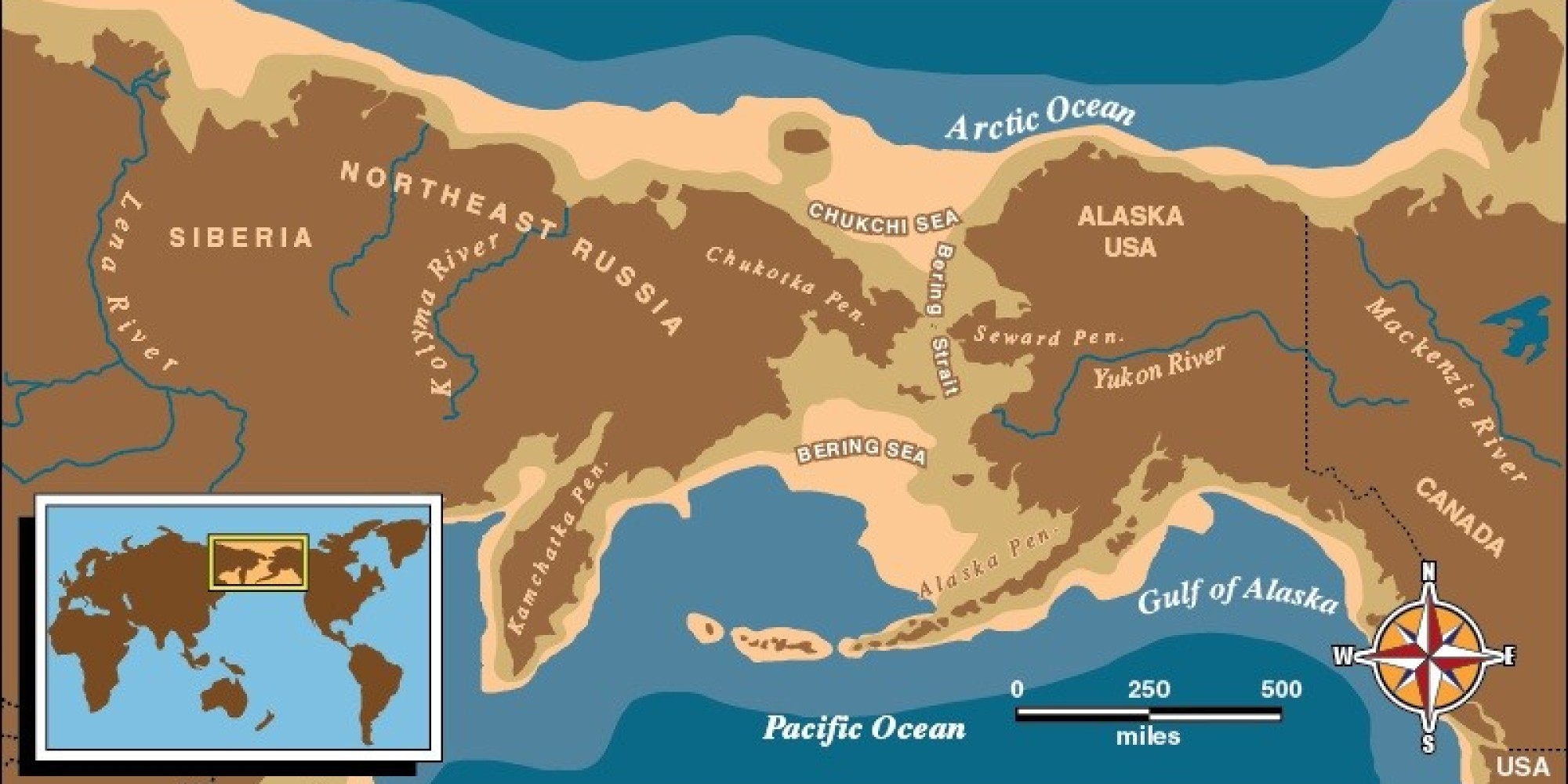The bering strait is theorized to be a former land bridge between asia and north america during the ice age as the strait is shallow averaging only 50 meters in depth this would have allowed plants and animals to move between continents

The Bering Strait: A Former Land Bridge That Shaped History

The Bering Strait, a narrow passage that separates Asia and North America, has long fascinated scientists and historians. This stretch of water, with an average depth of just 50 meters, is theorized to have once been a critical land bridge during the ice age. This geological phenomenon allowed plants and animals to migrate between the continents, significantly impacting the course of evolution and human history.
During the ice age, vast quantities of water were locked up in glaciers, resulting in lower sea levels and exposed land bridges. The Bering Strait was part of a larger landmass called Beringia, which connected Siberia in Asia with Alaska in North America. This land bridge was a corridor for migration between the two continents, enabling the exchange of plant and animal species.
The shallow nature of the Bering Strait acted as a pathway for the dispersal of flora and fauna, facilitating the movement of animals such as mammoths, horses, and even humans. As the climate gradually warmed, pockets of tundra and steppe grasslands emerged, offering suitable habitats for these migrants. The Beringia land bridge was an ecological oasis, providing food, shelter, and new territory for a diverse range of species.

The implications of this ancient land bridge extended far beyond biological connections. The Bering Strait played a crucial role in the peopling of the Americas. As early humans ventured across Beringia, they populated the vast landscapes of North and South America, becoming the indigenous peoples of the region.
This migration, known as the Bering Land Bridge Theory, is supported by a wealth of archaeological evidence. The discovery of ancient tools and artifacts in both Siberia and Alaska provides a tangible link between the two continents. DNA studies have also revealed genetic connections between Native Americans and indigenous Siberian populations, adding further weight to this theory.
Today, the Bering Strait remains a significant geographical feature with cultural and geopolitical importance. It serves as a boundary between Russia and the United States, shaping relationships between these two nations. Additionally, it plays a role in current discussions regarding climate change, as the melting Arctic ice threatens to alter sea levels and potentially reveal new land masses.
As we reflect on the significance of the Bering Strait, it remains a testament to the intricate and interconnected nature of our planet’s history. This narrow passage once connected distant lands and enabled the movement of life itself. It acted as a bridge between continents and shaped the biodiversity and human populations we see today. The Bering Strait truly embodies the power of our earth’s dynamic past.
Source: WorldAtlas.com - The Bering Strait
Tags
Share
Related Posts
Quick Links
Legal Stuff

